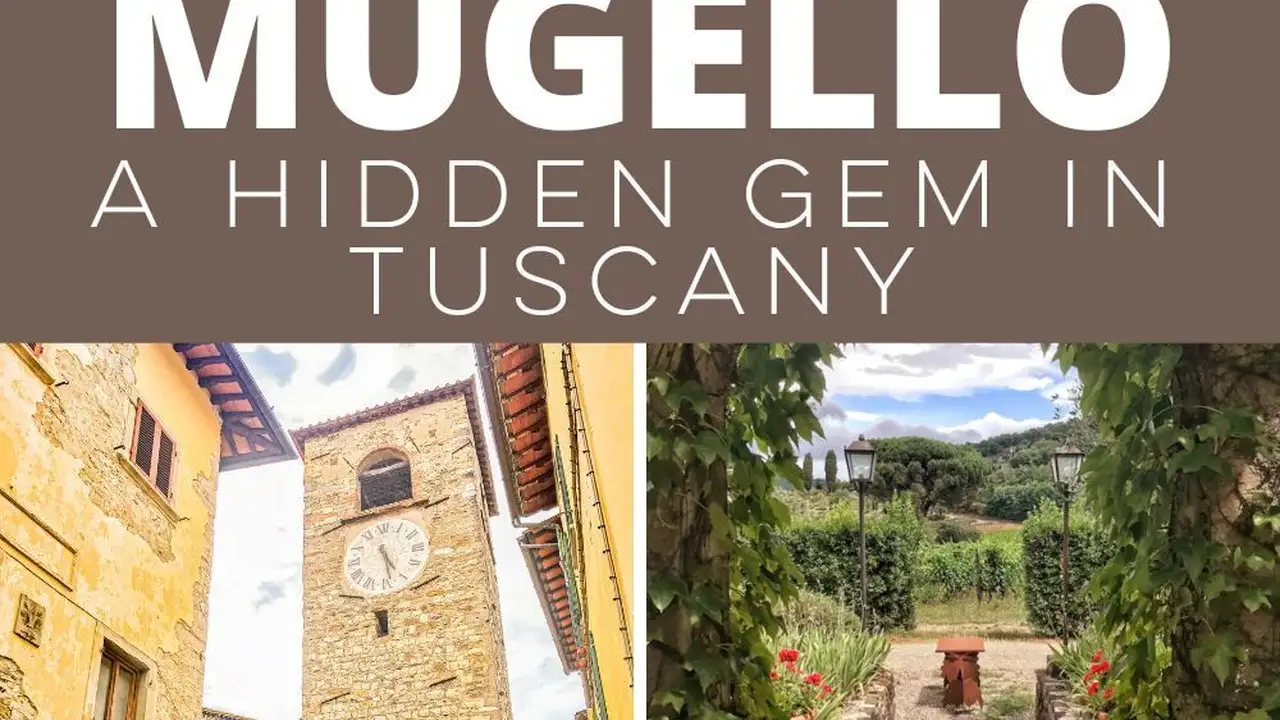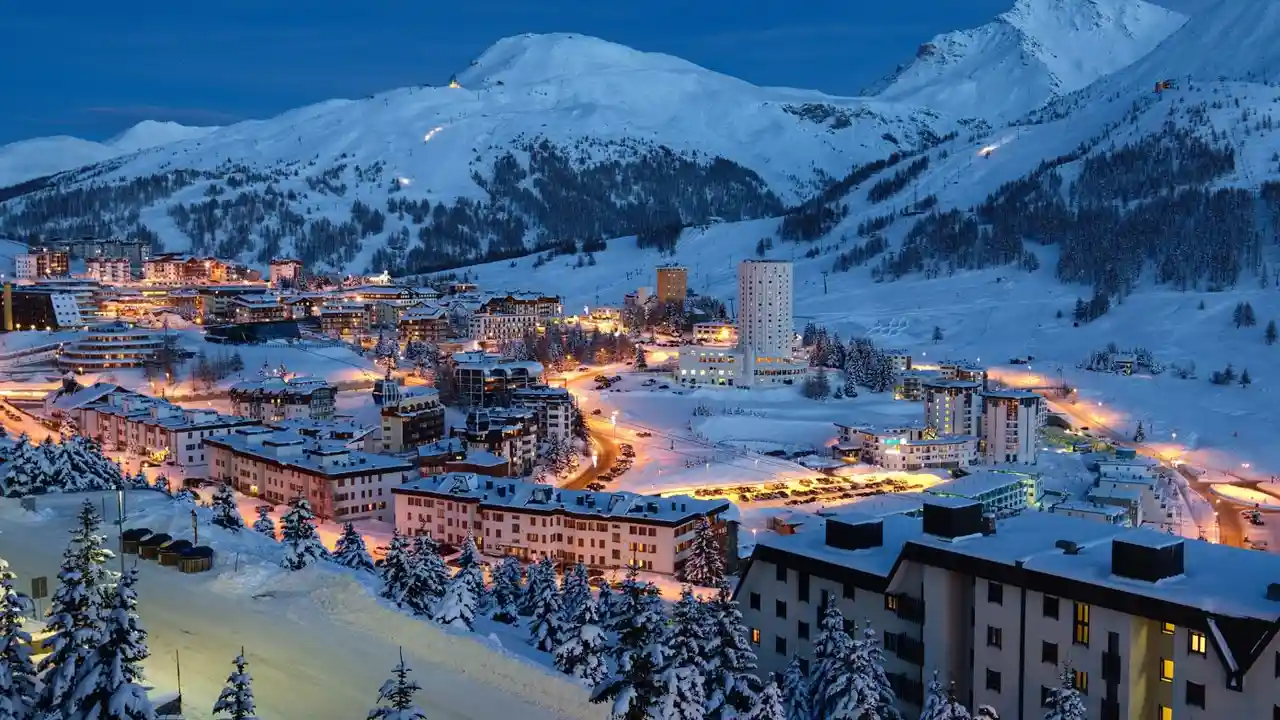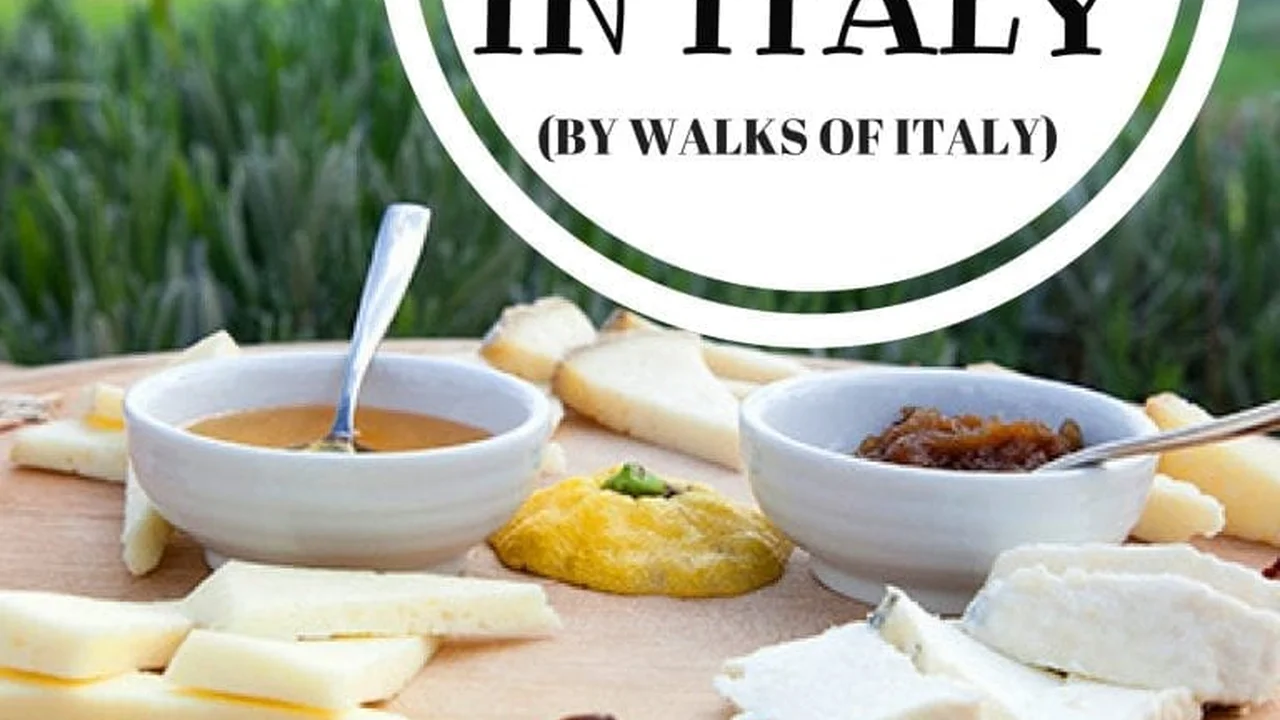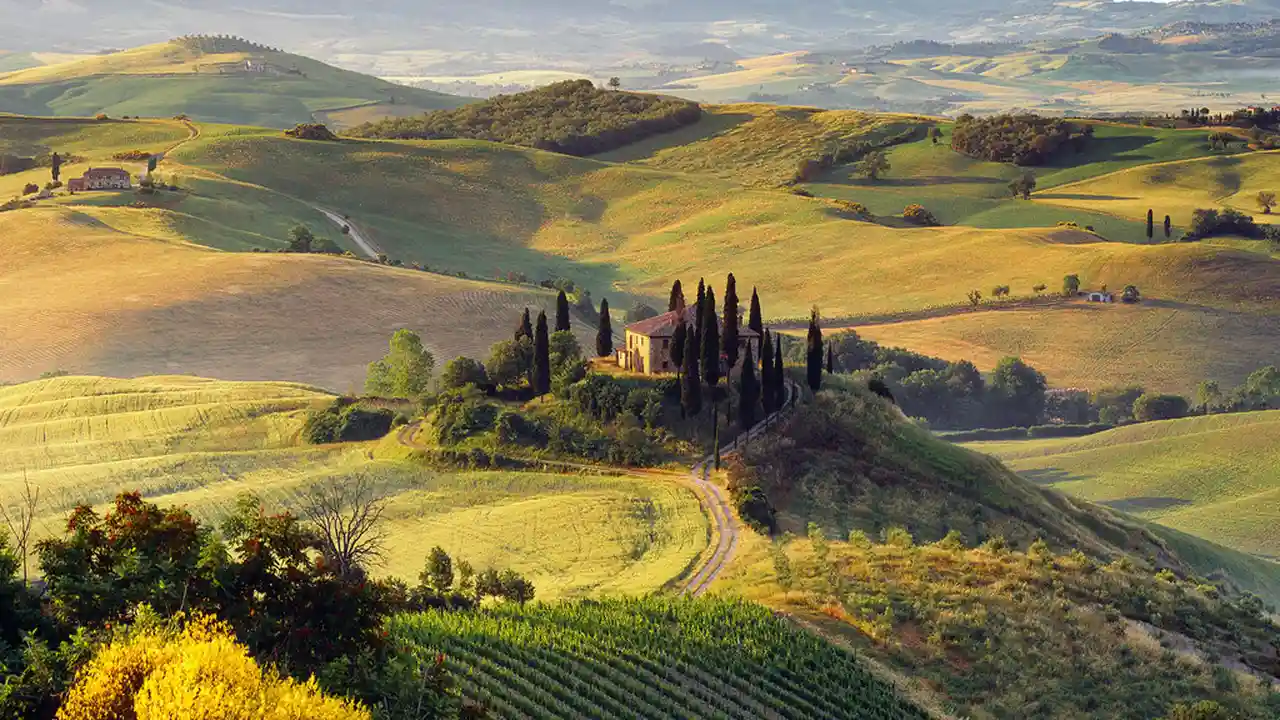Hidden Gems of Tuscany: Off the Beaten Path Destinations

Discover the lesser-known treasures of Tuscany Explore charming villages vineyards and ancient ruins Experience the authentic beauty of the Tuscan countryside away from the crowds
Exploring Undiscovered Tuscany Authentic Italian Experiences
Okay, so you're thinking about Tuscany, right? Visions of Florence, Siena, maybe even Pisa are dancing in your head. But let's be real, those places are *packed* with tourists. Want something a little… different? Something a little more… *real*? Then you've come to the right place. We're diving deep into the hidden gems of Tuscany, the places the tour buses forget, the spots where you can actually breathe and soak in the true Italian spirit. Forget the selfie sticks and overpriced souvenirs, we're talking rolling hills, family-run trattorias, and experiences you'll remember forever. We're going off the beaten path!
San Quirico d'Orcia A Medieval Masterpiece
First stop, San Quirico d'Orcia. Seriously, say that three times fast. This little medieval town is perched on a hilltop overlooking the Val d'Orcia, a UNESCO World Heritage site. Picture this: cypress trees lining winding roads, golden wheat fields stretching as far as the eye can see, and a charming village with stone buildings and flower-filled balconies. It's basically a postcard come to life.
What to do here? Wander through the Horti Leonini, a perfectly manicured Italian garden dating back to the 16th century. Explore the Collegiata, a Romanesque church with stunning frescoes. And most importantly, just *be*. Sit in a piazza, sip an espresso, and watch the world go by. You'll feel like you've stepped back in time.
Pitigliano The Little Jerusalem of Tuscany
Next up, Pitigliano. This place is seriously unique. It's built into a cliff of tufa rock (that volcanic stuff), and from a distance, it looks like it's literally growing out of the hillside. It's often called "Little Jerusalem" because it was once home to a large and thriving Jewish community.
Explore the narrow, winding streets of the Jewish Ghetto. Visit the synagogue, which dates back to the 16th century. And don't miss the Vie Cave, ancient Etruscan roads carved into the tufa rock. These roads are shrouded in mystery and are a truly unforgettable sight.
Volterra Etruscan History and Alabaster Artistry
Volterra is a town steeped in history. It was an important Etruscan settlement long before the Romans arrived. Today, it's known for its alabaster workshops, where artisans create beautiful sculptures and objects from the local stone.
Visit the Etruscan Museum to learn about the town's ancient past. Explore the Piazza dei Priori, the main square, which is surrounded by medieval buildings. And of course, browse the alabaster shops and maybe even pick up a souvenir. Just be prepared to haggle a little!
Monteriggioni A Walled Medieval Town Experience
Monteriggioni is like stepping onto a movie set. This perfectly preserved medieval town is completely surrounded by walls and towers. It's small, but it's packed with charm.
Walk along the walls for stunning views of the surrounding countryside. Visit the church of Santa Maria Assunta, which dates back to the 13th century. And enjoy a delicious lunch at one of the local restaurants. Try the wild boar stew – it's a local specialty.
Barga A Scottish Slice of Tuscany
Okay, this one's a bit of a surprise. Barga is a small town in the Garfagnana region of Tuscany, and it has a surprisingly strong connection to Scotland. Many Scots emigrated here in the 19th and 20th centuries, and their influence is still felt today.
Explore the Duomo, the main church, which has stunning views of the surrounding mountains. Visit the Museo Stanze della Memoria, which tells the story of the Scottish emigration to Barga. And enjoy a pint of beer at one of the local pubs. You might even hear someone speaking Gaelic!
Product Recommendations for Off-the-Beaten-Path Tuscan Adventures
So, you're convinced, right? You're ready to ditch the crowds and explore the *real* Tuscany. But what should you bring? Here are a few essential items to make your trip even better:
Hiking Boots Conquer Tuscan Terrain
Let's be honest, you'll be doing a lot of walking, maybe even some hiking. Forget the sandals, you need sturdy hiking boots. I recommend the Merrell Moab 2 Vent. They're comfortable, breathable, and provide excellent support. You can find them on Amazon for around $100-$130.
Scenario: Exploring the Vie Cave in Pitigliano or hiking in the Garfagnana mountains.
Comparison: Compared to the Salomon X Ultra 4 GTX (more waterproof but less breathable), the Merrell Moab 2 Vent is a better choice for warmer weather and drier conditions. If you're expecting rain, go with the Salomons (around $130-$160).
Portable Espresso Maker Italian Coffee on the Go
You're in Italy, you need good coffee! But sometimes, you're off exploring and there's no café in sight. That's where a portable espresso maker comes in handy. The Wacaco Nanopresso is a great option. It's small, lightweight, and doesn't require batteries or electricity. It costs around $60 on their website or Amazon.
Scenario: Enjoying a morning espresso overlooking the Val d'Orcia or taking a coffee break during a hike.
Comparison: Compared to the more expensive Handpresso Wild Hybrid (around $150), the Wacaco Nanopresso is more compact and easier to use. The Handpresso offers slightly more pressure, but for portability and convenience, the Nanopresso wins.
Travel Journal Capture Your Tuscan Memories
You're going to have so many amazing experiences, you'll want to remember them all! Bring a travel journal to record your thoughts, observations, and memories. A simple Moleskine notebook will do the trick (around $20), but you can also find more elaborate travel journals with prompts and maps.
Scenario: Jotting down your impressions of San Quirico d'Orcia while sitting in a piazza or sketching the sunset over the Tuscan hills.
Comparison: Compared to using a digital notepad on your phone, a physical journal allows you to disconnect from technology and truly immerse yourself in the moment. Plus, it's a beautiful keepsake to look back on in the years to come.
Phrasebook Speak Like a Local
While many people in tourist areas speak English, knowing a few basic Italian phrases will go a long way. A phrasebook like the Lonely Planet Italian Phrasebook & Dictionary (around $10) is a lifesaver. Learn how to say "Buongiorno," "Grazie," and "Un bicchiere di vino, per favore!"
Scenario: Ordering food at a local trattoria, asking for directions, or simply greeting people in a friendly manner.
Comparison: While translation apps are helpful, they can be unreliable and require an internet connection. A phrasebook is always available and provides a more authentic and personal interaction.
Reusable Water Bottle Stay Hydrated in the Tuscan Sun
It can get hot in Tuscany, especially during the summer months. Stay hydrated by bringing a reusable water bottle. The Hydro Flask is a popular choice (around $30-$40), but any durable water bottle will do. Refill it at fountains and cafes throughout the day.
Scenario: Hiking, exploring towns, or simply relaxing in the sun.
Comparison: Compared to buying bottled water, a reusable water bottle is more environmentally friendly and saves you money in the long run.
Embrace the Unexpected
The best part about exploring the hidden gems of Tuscany is the unexpected discoveries you'll make. Be open to getting lost, trying new things, and talking to the locals. You never know what amazing experiences await you around the next corner. So, pack your bags, grab your phrasebook, and get ready for an unforgettable adventure!
:max_bytes(150000):strip_icc()/277019-baked-pork-chops-with-cream-of-mushroom-soup-DDMFS-beauty-4x3-BG-7505-5762b731cf30447d9cbbbbbf387beafa.jpg)






